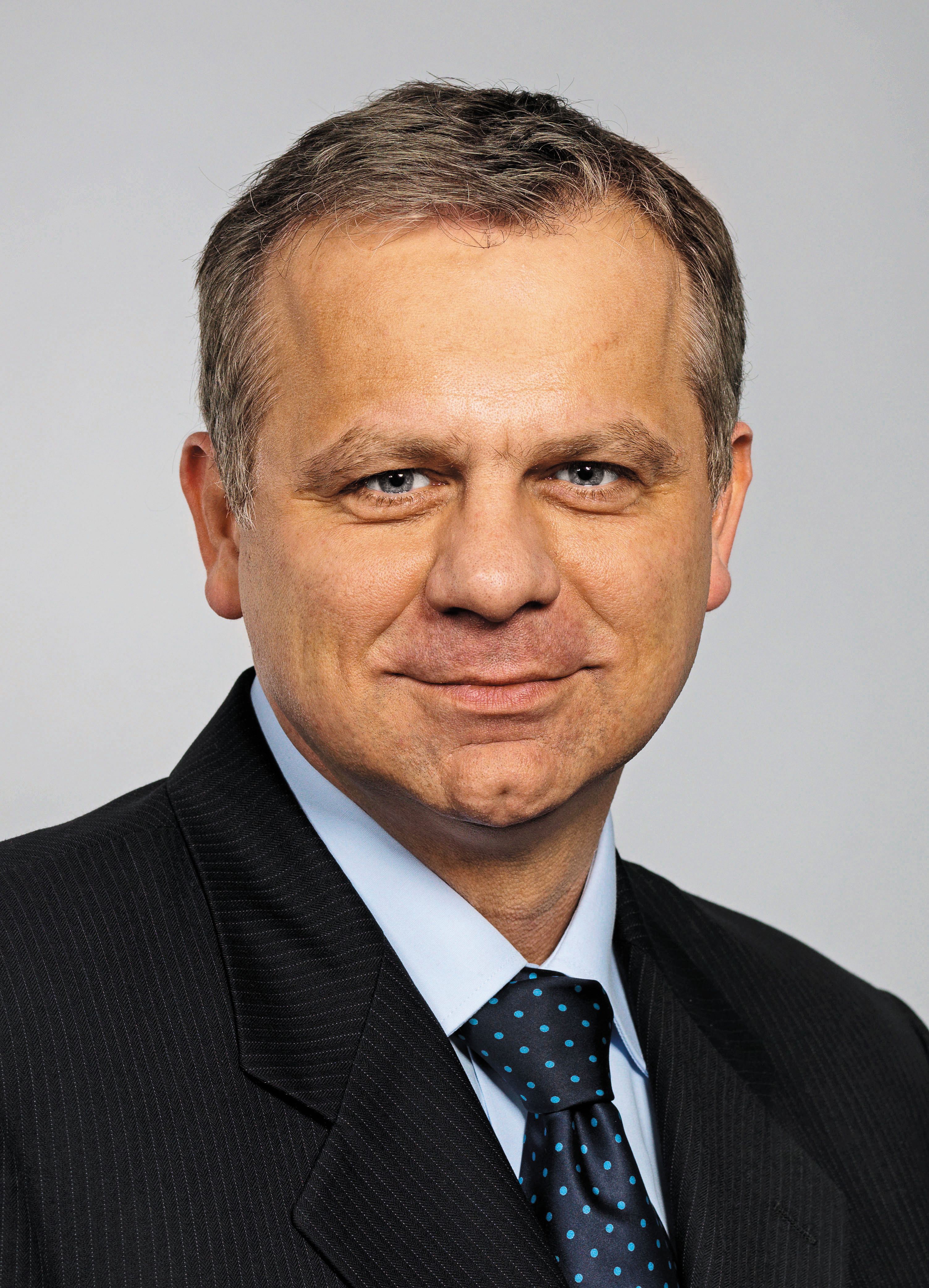Bench Mastery: To press, or not to press? [VIDEO]
The first thing you hear of from some colleagues is usually: Why should I press when I’m much faster with the layering technique?
The first thing you hear of from some colleagues is usually: Why should I press when I’m much faster with the layering technique?
Answer: It is important to appreciate the system and not be influenced by the question of whether to press or layer. Putting design and esthetics to one side, results are better distinguished through press technology, providing a more controllable, predictable planning. Wax-ups correspond exactly to pressed work.
Introduction
Regarding the question of pressing or not pressing, a few points should be appreciated. It’s not enough to just analyze the time factor. You must also take other criteria into account. What’s important is the system concept, and not to ask if you should press or layer.
Check out this video with images for each step of the press restoration process ...
Patient consultations
01 It always starts with an optimal design to each case, which is determined by a wax-up. This is the stage in dentistry where the technician can determine solutions for improved esthetics and function.
02 For anterior restorations, this wax-up is used for consultations together with the patient, to discuss the new look and represent to the patient what they can expect. Useful for the posterior region, the patient can be shown the problems in malocclusion which have negative influences; new occlusal functional correction is appreciated.
Check out this video with images for each step of the press restoration process ...
The framework design
03 The framework design is a necessary requirement for restoration success and stability. To avoid chipping of the ceramic, whether a metal or Zirconium-dioxide framework, it is recommended to have an even ceramic layer covering. An anatomically reduced framework is optimal, which can be done manually in wax, after being transferred by using a wax injector.
04 In today’s increasing digital dentistry, good CAD/CAM systems are capable of scanning wax-ups, and then mill the desired anatomically reduced zirconia framework. (Figs. 1-3)
05 Here is yet another important factor to bear in mind: An even, precise ceramic layer results in greater shade nuance depth!
Bond between ZrO2
06 Pressing procedures provide better heat conduction. Because of the poor thermal conductivity of zirconium dioxide, it is understood from a study at the University of Aachen that porosity occurs in pontic areas when firing a layered crown.
07 Layering technique firing processes are completed in about 15 to 17 minutes. During a pressing procedure, it is at least 60 to 90 minutes per frame to reach the final temperature, and at least 20 to 30 minutes for muffle cooling, which is much less invasive.
Wax-up through to finish
08 As dental technicians, we are subject to natural variations which change the quality of our work. Everybody has good days and days when it does not work out really well. This can lead to significant variability in results. Likewise, there may be deviations in the shape of the work, such as when a technician creates the wax-up and then a few weeks later another technician manufactures the final restoration. All of these factors do not ensure quality in the sense of standards.
09 If a case has been planned and the treatment plan is presented to the patient, you should of course comply with what was promised by the wax-up and what the patient expects.
Check out this video with images for each step of the press restoration process ...
Advantage Presstechnik
10 Press technology costs relatively little time and material expense, and a very precise homogenous result can be achieved. Since the over-pressing framework is in line with the wax-up, the parameters result in the work corresponding with the planning, which is easily reproduced.
11 Gentle firing reduces the risk of porosity. Putting aside shape and esthetics determinations separately, will allow the working stages easier to control.
Conclusion
The press technique has proven to me over many years a guarantee for constant quality (Figs. 4-5). Cases can be prepared much easier and less stressful. This type of technique is simply more fun to work with-good humor for me provides a better lifestyle in the lab!
About the author

Before receiving his degree as a master technician in 1993, Jörg Muller was trained in Jan Langner’s Dental Laboratory in Schwäbisch-Gmünd, where he specialized in tooth morphology in function and esthetics. In 1993, Jörg opened his first dental laboratory in Düsseldorf while concurrently teaching courses for dental technicians in posterior wax-up, the function of the TMJ and ceramics. In 1999, Jörg moved to San Francisco and established a high-end laboratory in downtown San Francisco. While working closely with his dentists and patients, he developed the Aesthetic Press System. In 2005, Jörg founded Aesthetic-Press LLC and developed a system to standardize a workflow for consistent and reproducible high-end restorations for every technician to use on a day-to-day basis.
This article originally appeared in the March issue of Dental Lab Products.